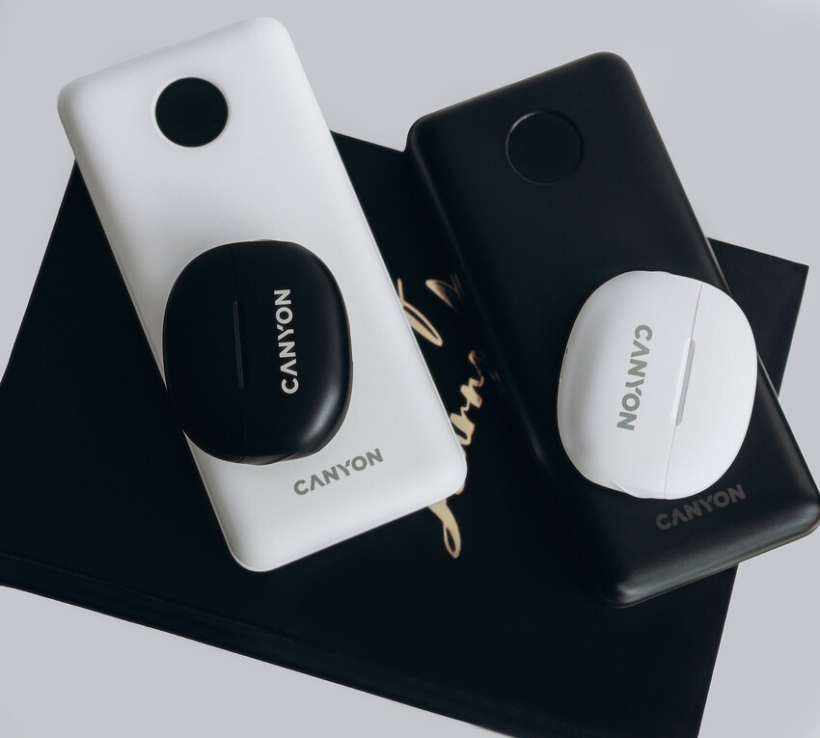Fact is that our digital reality demands us to be constantly connected to different types of devices. This is the reason why our digital assistants and PC peripherals need to be fully charged all the time. With portable power banks enormously helping in our daily chores and sophisticated professional initiatives, we are granted freedom to explore, communicate, and work as we prefer.

How long does a power bank last?
Just like laptop batteries and smartphones, power packs have, too, a particular number of lifespan cycles before losing capacity. Typically, there is a charge-discharge list: lithium-ion batteries are at 80% capacity after 500 cycles there are other types that survive 800-900 cycles before gradually losing in power.
A complete charging round is estimated like charging a battery to the full extent, from 0% to 100%, and a complete discharge afterwards.

What’s the timeframe for your power supply unit to stay charged?
In other words, how long does a fully charged power bank last?
Besides manifesting advice on the careful treatment of a power pack and keeping it away from dangerous environments, it’s essential to remember not to charge it too often. Without any doubt, the high-tech quality of a device is a kind of guarantee for its longevity.
Don’t forget about humidity and high temperature, as well!

What affects the most your battery longevity?
The average lifespan of a power supply unit is around 3 years.
The most powerful element that influences the lifespan of the battery is its cell. Generally, battery cells contain 18650. Most instructions of the battery charge-recharge cycles are around 500 times, with some extending to about 800-900 times. Each full charge – discharge battery round has a certain loss to the battery. It can be used in the course of 3 years if loaded every 2 days, and applied for 1000 days.
Talking about next core thing, the capacity. Similarly, the more potent the battery storage, the more power it maintains to suit PC peripherals and devices’ load, and the longer it lasts.

Types of power supplies and their lifetime
a. Solar power packs: solar power banks offer the advantage of harnessing renewable energy from the sun. Their lifespan is influenced by the quality of the solar panels and battery components. With proper care, they can last for several years.
b. Power packs with wireless charging: these power banks incorporate wireless charging technology. Their lifespan aligns with regular power banks, with the added longevity factor dependent on the quality of the wireless charging components.
c. Power packs with built-in cables: power supply units equipped with built-in cables are convenient but may experience wear and tear on the cable connections over time. Their lifespan is akin to standard power banks.
d. High-capacity power banks: equipped with higher capacities, these chargers tend to last longer as they have more cells to distribute the charge. However, their lifespan is also influenced by factors like charge-discharge cycles and care.

Let’s review the aspects affecting how long will a power bank last:
a. Battery Type: The type of battery used in a power bank plays a pivotal role in determining its lifespan. Lithium-ion batteries are commonly used and can last for a few years with proper care.
b. Power bank strengh: A power bank’s affects its longevity. Higher-capacity power banks typically have more cells and can last longer if well-maintained.
c. Battery care or recharging: Overcharging or completely discharging a power bank can expedite its decline. Maintaining a charge between 20% and 80% can extend its lifespan.

There, if you’re thinking how long does a power bank last, exist several ways to expand your power supply unit cycle:
- double charge of your bank battery from 0 to 50%
- charging the device 0 to 33% thrice, or
- loading it 0 to 25% four times.
Unfortunately, the fact is that each consumed cycle decreases your power pack’s performance. On average, a quality power supply unit can flawlessly serve 4-5 years and save a charge for around half a year without essentially losing capacity.

How long do portable chargers last
Portable chargers can endure for around 2 to 4 years with regular use. Signs of a failing power bank include bloating or swelling, excessive heating, smoke or a burnt smell, and the inability to hold a charge.
Be attentive to your charging device and catch timely signs of failing power bank:
- extending/swelling
- extra temperature
- smell or image of smoke
- the sign of the battery that it can’t hold charging
So, how many hours does a power bank last, and how to help it serve longer just as it helps us? In this regard, several factors matter:
- frequency of сharging the device
- security of a power supply unit, and surely,
- your gentle care for your power bank.

This way, realizing now how long do portable chargers last, explore the tips on how to make your power bank serve you longer.
- Do not use it in excessive heat or cold
- Don’t charge your the power supply battery at 100% and, likewise, don’t completely discharge it to 0%
- Hold your power pack away from any kind of humidity
- Reduce the use scale of pass-through charging
- Save your power supply in a dry cool place

Drawing line
Putting a dot, here’s more useful information: a USB-C (USB Type-C) port is a universal connector devised to unite various USB types both on computer and device ends, possessing a versatile design. It supports high-speed data transfer and swifter charging, together with bidirectional charging. So, it allows your power supply to charge other devices via the same type-C port.
Your power bank is a faithful companion in today’s digital age, but it’s not immortal. Keep in mind how long will a power bank last to prevent its premature failing. Consider the provided factors that influence its longevity and adopt proper care practices to ensure it serves you well for years to come. Maximize its lifespan, and it will continue to be your trusted assistant!
Get a glimpse of our acquiring some of CANYON quality power banks and take care of yourself and your devices with useful tips in our CANYON blog.




